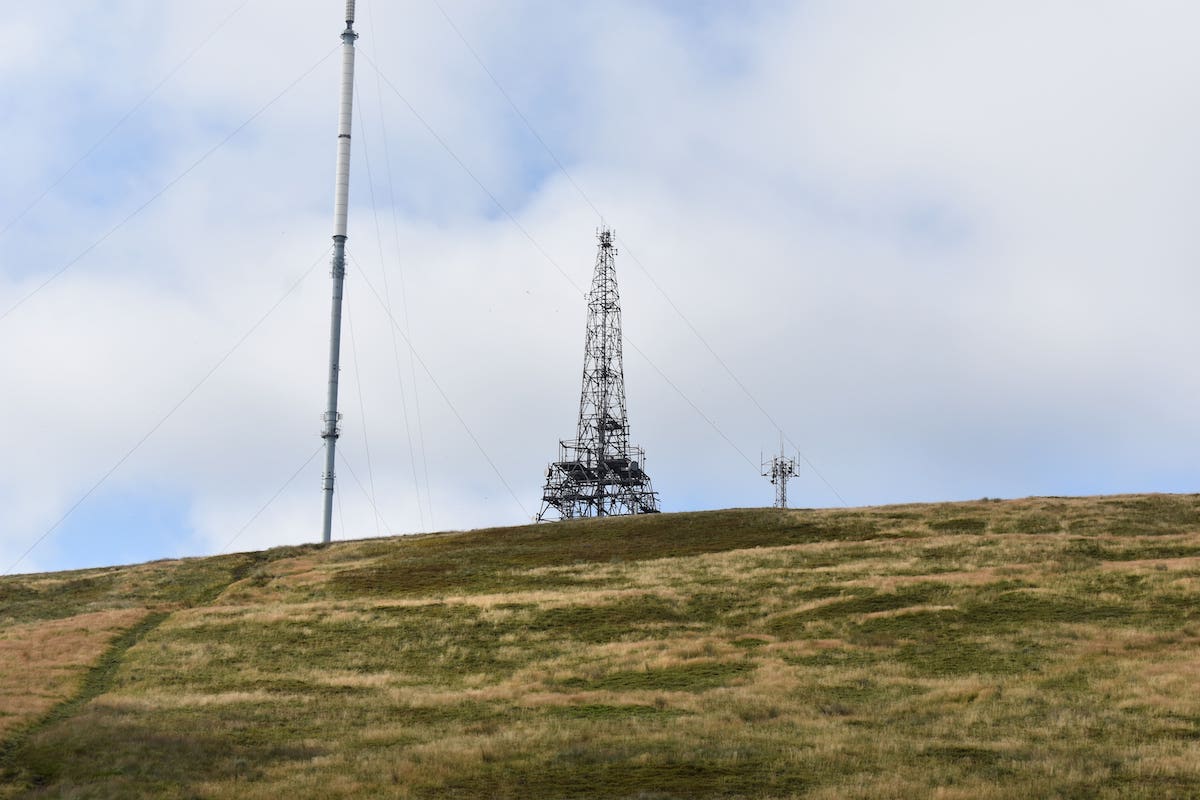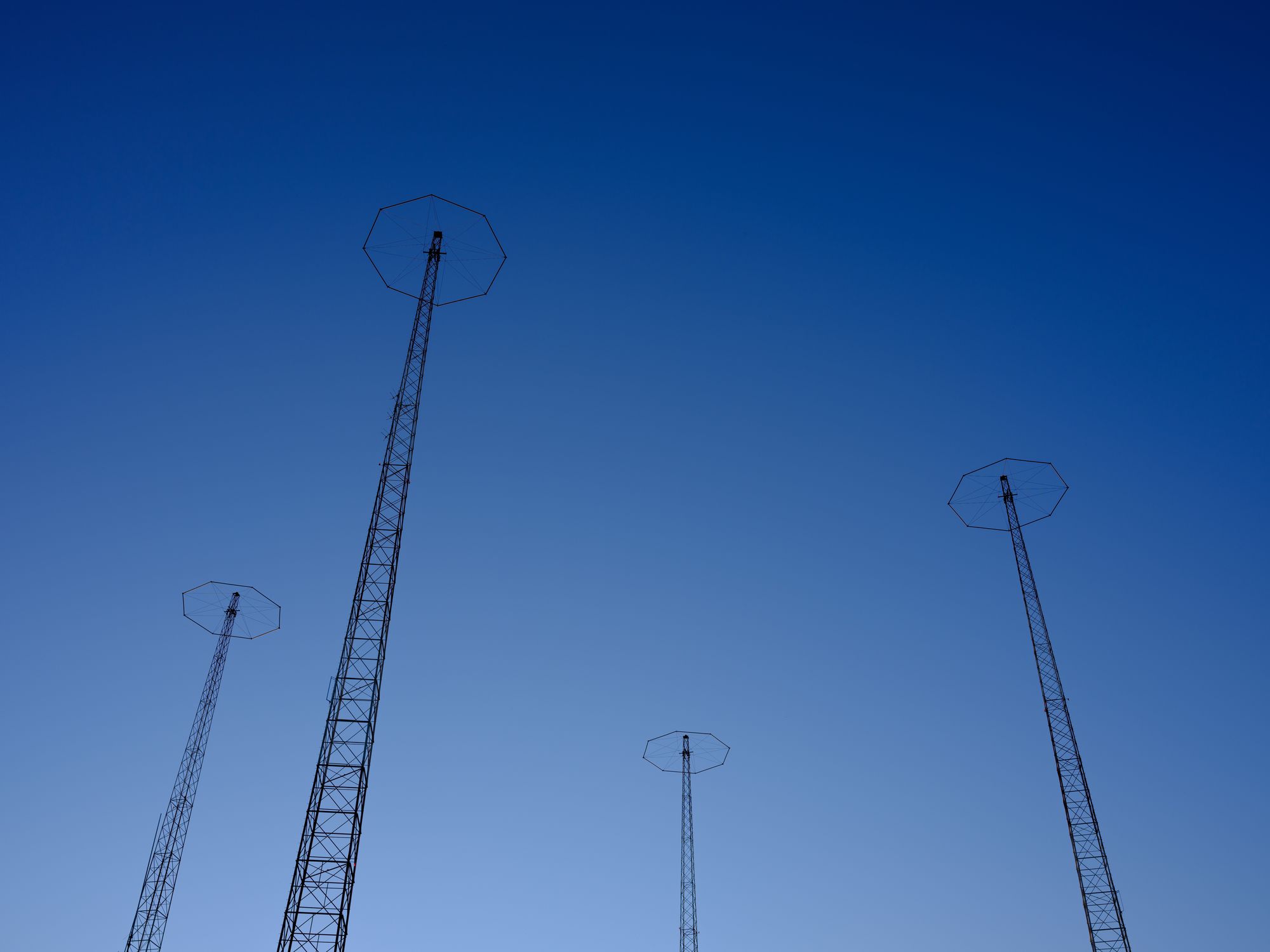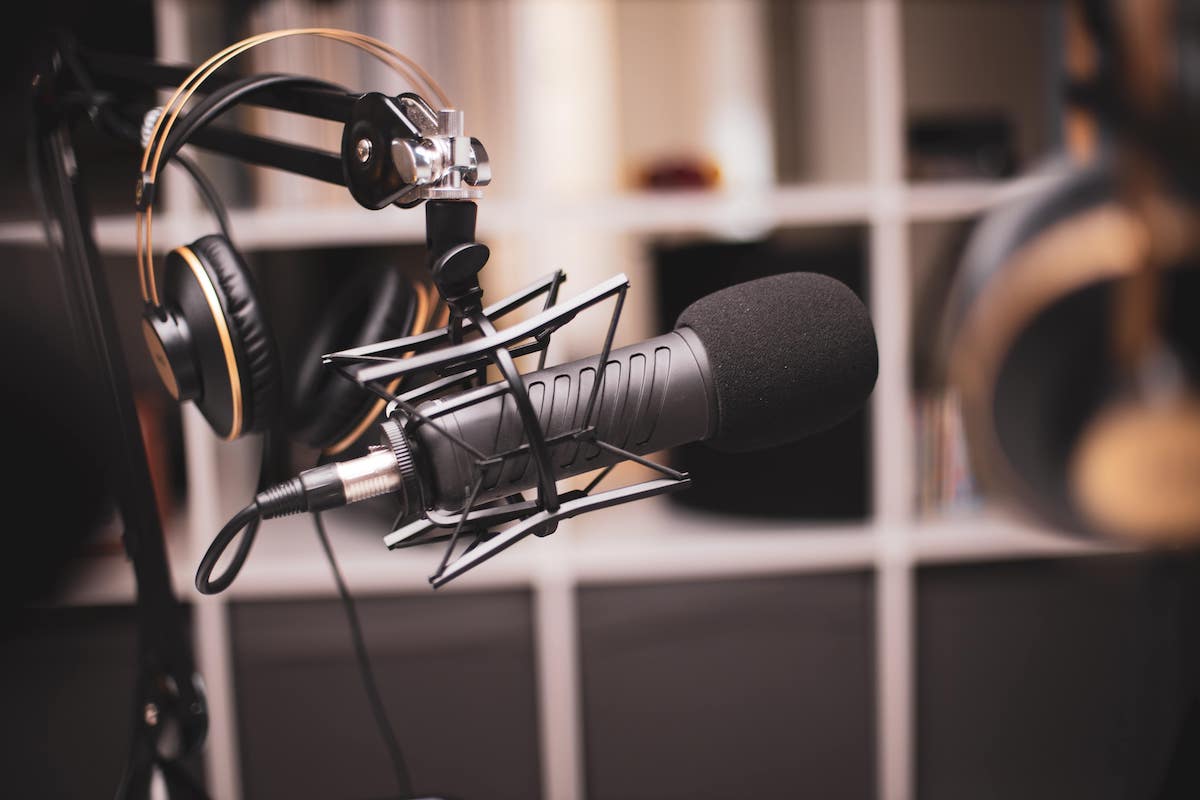Transmitter explained – What It Means & 5 Essential Components
Hire film gear from local filmmakers.

Hire film gear from local filmmakers.
Have you ever wondered how the signal is transmitted from your wireless microphone or camera to another device?
Or how electrical signals are transmitted in general.
Then read this article answering the question "What is a transmitter?".
Having a microphone is an excellent asset in your gearbox but far from the only one. Explore what else there is of essential camera equipment.

What does transmitter mean?
A transmitter is an electronic device that produces and transmits radio waves using an antenna.
Transmitters are used in a ton of electrical devices across several product categories.
They exist in broadcasting stations, walkie-talkies, wi-fi networks, garage door openers, and radars. They are also used in wireless microphones to transmit the audio from the microphone to the speaker.
When it comes to microphones, the transmitter is typically connected to the microphone and attached to the actor/speaker/singer themselves in one way or another. The transmitter then produces the audio signals from the microphone and sends them to the receiver.
When you get a microphone for wireless use, you also have to make sure that your transmitter is of proper quality.
Consider how far away your subject is from the receiver, and make sure that your transmission system can handle that request.
5 Transmitter components
A transmitter consists of 5 crucial elements: A power supply, an electronic oscillator, a modulator, an RF amplifier, and an antenna tuner.

1. Power supply
The power supply is pretty self-explanatory. It's what supplies power to the transmitter and gives it enough energy to broadcasts the signal.
The power supply can also transform the electrical power from the input into higher voltages if needed for the power output.
The power supply takes the electrical current and converts it into the correct current, voltage, and frequency needed.
2. Electronic oscillator
The electronic oscillator is used to generate a wave, known as a sine wave, imposed with data through the air.
It is essentially an electronic circuit that produces this periodic wave by converting a direct current from the power supply into an alternating current. The electronic oscillator helps stabilize the frequency in transmitters.
The waves it creates are also known as carrier waves because they generate the waves that carry information. They use a crystal oscillator in modern transmitters, controlled by a quartz crystal's vibrations.

3. Modulator
The modulator is the component that adds the information to the carrier waves that are transmitted. It is a circuit that varies aspects of the carrier wave.
The modulator provides information to the transmitter via a modulation signal, which is an electrical signal. This signal is typically either an audio signal or a video signal.
Modulation is something you might know from radio transmission, with the most common modulations being amplitude modulation (AM) or frequency modulation (FM).
Amplitude modulation is when the amplitude or strength of the carrier wave varies proportionally to the modulation signal. In frequency modulation, it is the frequency of the carrier wave that is varied by the modulation signal.
4. RF amplifier
An RF amplifier, or a radio frequency amplifier, is used to amplify the power of the actual signal. This, in turn, increases the radio waves range.
An RF amplifier, also known as a radio frequency amplifier, is typically used to drive the transmitter's antenna.
5. Antenna tuner
The antenna tuner is used to match the impedance of the transmitter to the antenna. This is used to transfer power to the antenna to make it efficient.
The antenna tuner is also known as the impedance matching circuit. Other than transferring power to the antenna, the antenna tuner also prevents standing waves, which occur when power is reflected from the antenna to the transmitter.

How does a transmitter work?
It is easiest to describe how the various components come into play to explain how a transmitter works.
First, the power supply provides the electrical power needed for the transmitter to operate.
Then the oscillator creates the carrier waves to which the modulator adds the necessary information.
The amplifier then amplifies this modulated carrier wave to increase the power before the antenna tuner converts the amplified signal into radio waves.

Discover more. Find the best microphones for streaming
I hope you gained a better understanding of what a transmitter is and how it helps your devices with their job.
Are you looking for a microphone yourself? Check out our article on the best microphones for streaming.
What is a transmitter used for?
A transmitter is an electronic device that produces and transmits radio waves using an antenna.
How does a transmitter work?
First, the power supply provides the electrical power needed for the transmitter to operate.
Then the oscillator creates the carrier waves to which the modulator adds the necessary information.
The amplifier then amplifies this modulated carrier wave to increase the power before the antenna tuner converts the amplified signal into radio waves.
What are examples of a transmitter?
Radio broadcasting stations, cell phones, BlueTooth devices, and radars.






















